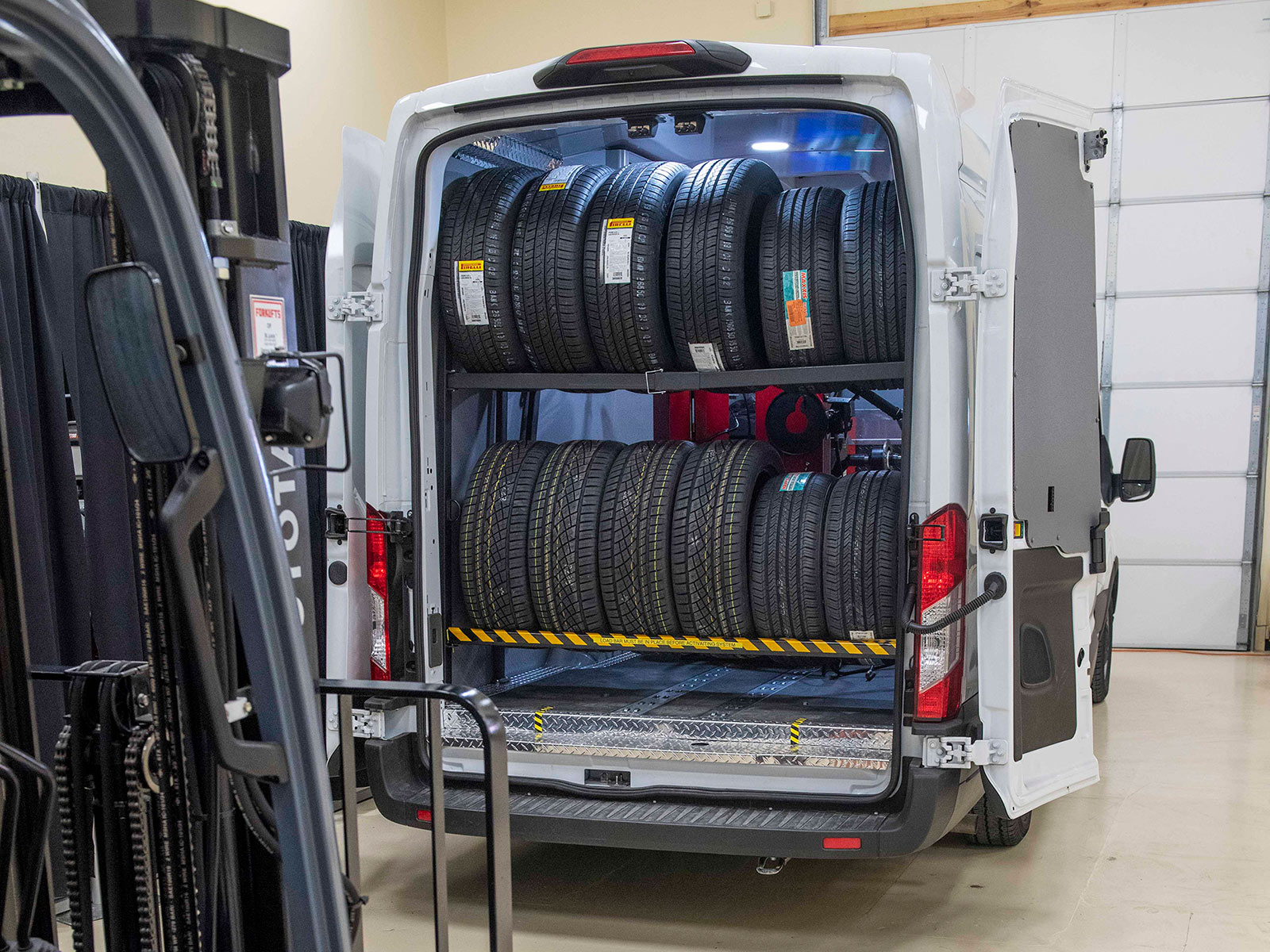Trusted Mobile Tire Service Las Vegas - On-Time Solutions
Trusted Mobile Tire Service Las Vegas - On-Time Solutions
Blog Article
Tire Solution: Proven Methods for Optimum Tire Upkeep and Treatment
Preserving optimal tire condition is extremely important for both safety and efficiency of any kind of vehicle. From ensuring proper tire stress to regular turning and placement, there are proven approaches that can significantly extend the life expectancy of your tires and improve general driving experience. As we explore the intricacies of tire care and upkeep, we will certainly uncover vital standards that every lorry proprietor must stick to for the best possible outcomes. Allow's delve into the world of tire solution and uncover the keys to keeping your tires in superior form for the long haul.
Value of Tire Stress
Appropriate tire pressure is a crucial consider making certain optimum lorry efficiency and safety on the road. Maintaining the suggested tire stress degrees given by the supplier supplies numerous advantages. Ample tire pressure promotes far better fuel efficiency, as under-inflated tires can lead to enhanced rolling resistance, causing the engine to function more challenging and eat more gas. Second of all, appropriate tire stress ensures also walk wear, enhancing tire long life and conserving cash in the future by postponing the need for early replacements. In addition, appropriately blew up tires add to improved handling and braking capacities, important for safe driving in different road conditions. Over-inflated tires, on the other hand, can lead to lowered traction and a harsher ride. On the other hand, under-inflated tires are vulnerable to getting too hot, which can cause blowouts and crashes. On a regular basis changing and examining tire stress, particularly previously lengthy trips, is an easy yet reliable means to improve car efficiency, expand tire lifespan, and focus on security on the roadway.
Tire Rotation Guidelines
When thinking about tire turning standards, it is important to understand the importance of this upkeep job in taking full advantage of tire lifespan and preserving ideal automobile efficiency. Tire turning includes changing the setting of each tire on an automobile to ensure also step wear. Front tires have a tendency to put on faster than back tires due to guiding forces, making routine turning critical for balanced wear patterns. The advised rotation pattern differs depending upon whether a car is front-wheel, rear-wheel, all-wheel, or four-wheel drive. Usually, tires need to be turned every 5,000 to 7,500 miles, or as advised in the car handbook. Overlooking tire turning can bring about uneven wear, affecting handling, traction, and possibly compromising car safety. By adhering to proper rotation guidelines, vehicle drivers can extend the life of their tires, boost fuel effectiveness, and enhance overall driving experience. Normal rotation is a basic yet reliable upkeep technique that contributes considerably to tire durability and automobile efficiency.

Benefits of Wheel Placement
Guaranteeing correct wheel alignment after tire rotation is important for maintaining well balanced wear patterns and optimizing car look at this now efficiency. Wheel placement describes the change of the angles of the wheels to the maker's specs. One of the vital advantages of wheel alignment is boosted dealing with and steering action. When the wheels are correctly straightened, it reduces guiding initiative, making sure a smoother and much more controlled driving experience. Furthermore, appropriate wheel alignment aids to expand the life expectancy of your tires. Misaligned wheels can create unequal tire wear, resulting in premature tire replacement and enhanced maintenance expenses.

Tire Footstep Depth Examine
Carrying out a routine evaluation of tire step depth is crucial for preserving secure driving problems and lengthening the lifespan of your tires. The step on your tires plays an essential function in providing grip, particularly in unsafe or wet conditions. To check your tire walk depth, you can make you can try these out use of a step depth gauge or the dime examination. The suggested walk deepness is at least 2/32 of an inch. If the walk depth is listed below this limit, it is time to replace your tires to guarantee ideal efficiency and safety and security when driving. Irregular tread wear can suggest problems with tire alignment, stress, or suspension, highlighting the value of regular step depth checks. Ignoring to check and keep proper walk deepness can cause minimized hold, longer stopping ranges, and an enhanced threat of hydroplaning. By integrating tire tread depth checks right into your routine maintenance schedule, you can drive with confidence knowing that your tires remain in top problem.
Seasonal Tire Inspection
Seasonal tire evaluation is an essential aspect of tire upkeep that guarantees tires are prepared to deal with the difficulties postured by different weather conditions. In preparation for winter months, it is essential to check the tire stress regularly as chilly temperatures can create tire pressure to drop. By performing routine seasonal tire evaluations, chauffeurs can prolong tire life-span, enhance gas efficiency, and most significantly, guarantee a secure driving experience in differing weather condition conditions.
Conclusion
To conclude, maintaining proper tire stress, rotating tires regularly, straightening wheels properly, keeping an eye on tread deepness, and performing seasonal examinations are crucial methods for optimal tire treatment. By adhering to these shown techniques, drivers can guarantee their tires last longer, execute far better, and add to total vehicle security. It is important to prioritize tire maintenance to prevent crashes, improve gas effectiveness, and prolong the life-span of tires.
Sufficient tire pressure promotes better gas efficiency, as under-inflated tires can lead to enhanced rolling resistance, triggering the engine to work tougher and eat more gas.When taking into consideration tire turning standards, it is essential to comprehend the value of this maintenance job in taking full advantage of tire lifespan Get More Information and maintaining optimum automobile performance. Seasonal tire examination is a basic element of tire upkeep that guarantees tires are prepared to face the challenges posed by different climate problems. By performing regular seasonal tire assessments, motorists can lengthen tire life-span, enhance fuel effectiveness, and most importantly, make certain a safe driving experience in varying weather problems.
In verdict, keeping appropriate tire pressure, rotating tires on a regular basis, aligning wheels correctly, keeping track of step deepness, and carrying out seasonal inspections are important practices for ideal tire care.
Report this page